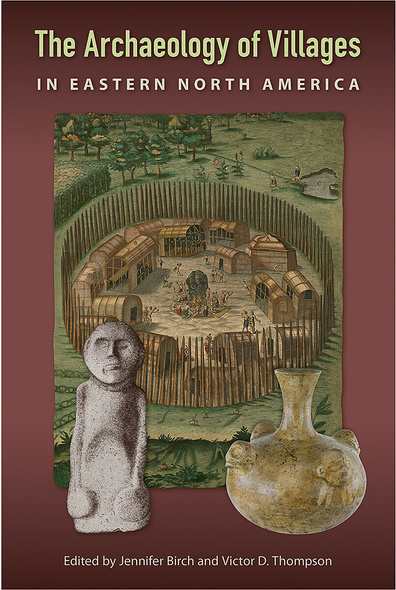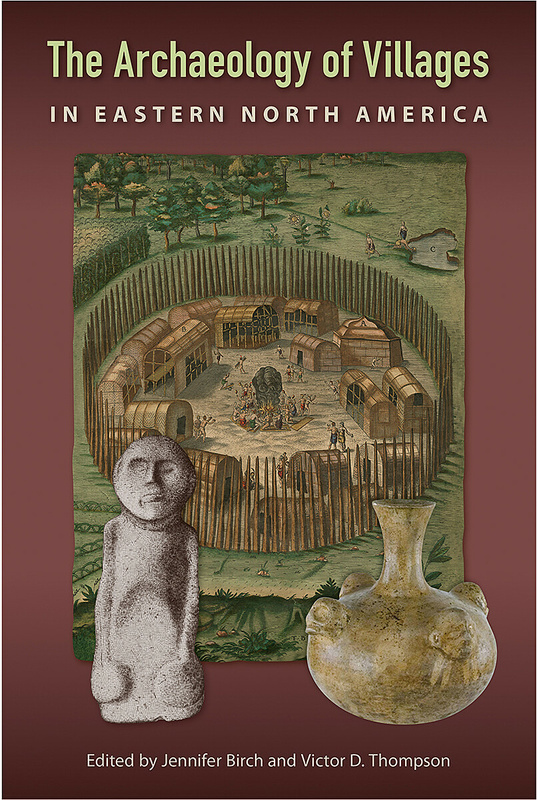The Archaeology of Villages in Eastern North America
The emergence of village societies out of hunter-gatherer groups profoundly transformed social relations and identity formation in every part of the world where such communities formed. Drawing on the latest archaeological data and historical evidence, this volume explores the development of villages in eastern North America from the Late Archaic period to the eighteenth century. Sites analyzed here include the Kolomoki village in Georgia, Mississippian communities such as Fort Ancient in Ohio, palisaded villages in the Appalachian Highlands of Virginia, and Iroquoian settlements in New York and Ontario. Contributors use rich data sets and contemporary social theory to describe what these villages looked like, what their rules and cultural norms were, what it meant to be a villager, what cosmological beliefs and ritual systems were held at these sites, and how villages connected with each other in regional networks. They focus on how power dynamics played out at the local level and among interacting communities. Highlighting the similarities and differences in the histories of village formation in the region, these essays trace the processes of negotiation, cooperation, and competition that arose as part of village life and changed societies. This volume shows how studying these village communities helps archaeologists better understand the forces behind human cultural change. Contributors: David G. Anderson | Jennifer Birch | Charles R. Cobb | Robert A. Cook | Martin D. Gallivan | Richard W. Jefferies | Jessica A. Jenkins | Eric E. Jones | Kurt A. Jordan | Martin Menz | Thomas J. Pluckhahn | Christopher J. Shephard | Lynne P. Sullivan | Victor D. Thompson | Neill Wallis | Shaun E. West | Ronald F. Williamson A volume in the Florida Museum of Natural History: Ripley P. Bullen Series
A significant contribution to the archaeology of one of humankind’s most important developments.’—American Archaeology
A remarkable and coordinated array of case studies that documents the variable pathways leading to the appearance of village life in eastern North America. Rather than stepping stones in an evolutionary course inexorably leading to bigger and more complex settlements, villages are shown to be precarious experiments, a tension-filled stage for improvising new forms of social life.'—Warren R. DeBoer, author of Traces Behind the Esmeraldas Shore: Prehistory of the Santiago-Cayapas Region, Ecuador 'By focusing attention on the village as a key transition in the human past, as well as the various contributing factors to its formation, continuance, and in some cases disintegration, this volume inspires a reconsideration of the significance of this cultural transformation and opens new avenues for future research.'—Phillip J. Carr, coeditor of Investigating the Ordinary: Everyday Matters in Southeast Archaeology
Jennifer Birch, assistant professor of anthropology at the University of Georgia, is coauthor of The Mantle Site: An Archaeological History of an Ancestral Wendat Community. Victor D. Thompson, professor of anthropology and director of the Center for Archaeological Sciences at the University of Georgia, is coauthor of New Histories of Village Life at Crystal River.





